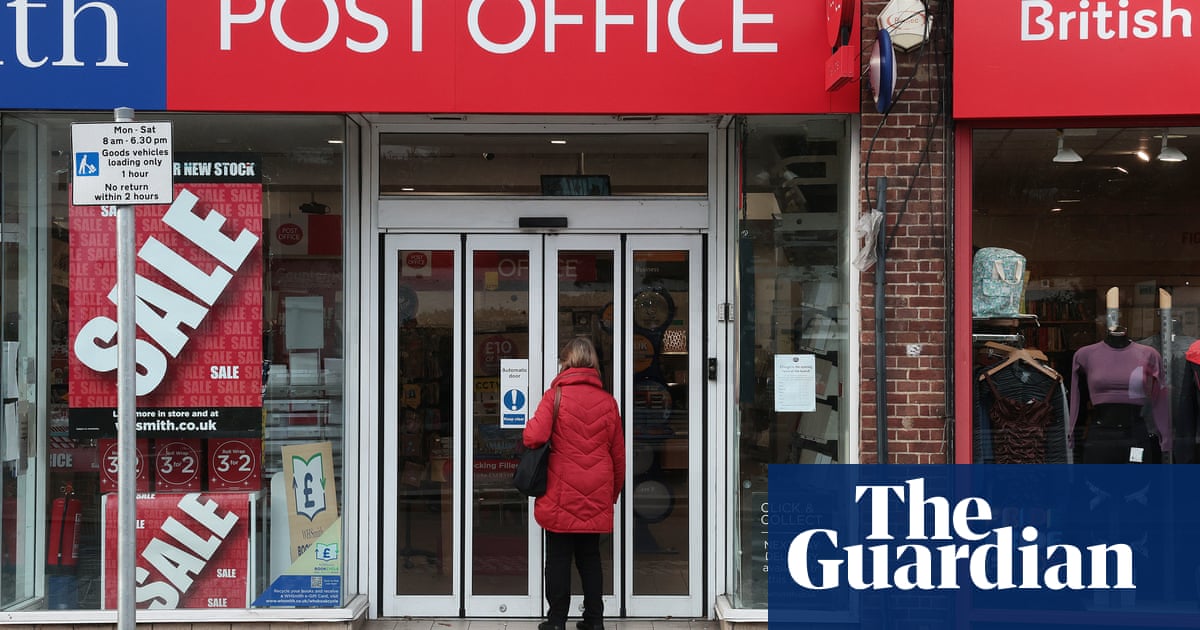
The Church of England is in a state of “panic and fear”, of “deep anxiety”, and should stop being obsessed with numbers and face the reality of decline. So says one of its bishops, Guli Francis-Dehqani, of Chelmsford. It’s not hard to see why. Two years ago, as weekly worshippers re-emerged after Covid, church statisticians were desperate to see if they would return at least to their 2019 numbers, when about 854,000 people turned out to church. In 2023, that figure was just 685,000.
Put another way, 169,000 weekly worshippers have vanished over a four-year period. Fewer people now go to their parish church than attend a local mosque or a Catholic mass. It is all very well for bishops to urge the church to stop worrying over “targets” and “growth” – to leave the planning to God and stick to praying. But the decline in attendance is relentless. At the turn of the century, 1 million people went to church each year; in 1980, the number was 1.3 million. Since cathedral worship is rising, something is clearly going wrong with parish churches, even under the present evangelical archbishop, Justin Welby. It cannot simply be that ever fewer Britons are professing the Christian faith, as is the case across Europe.
This may not concern the unreligious. But there is a wider consequence of cratering church attendance as towns and villages become littered with large, empty and often beautiful parish church buildings that stand locked, unused and gloomy day and night. Of the 16,000 Anglican churches in England, 12,500 are listed as historic buildings; nearly half of those in England have Grade I status, marking them of exceptional importance. It is estimated that 3,000 to 5,000 parish churches are either closed or used only intermittently, and don’t have a resident vicar. Meanwhile the cost of repairing the Church of England’s entire estate would be in the region of £1bn, which it cannot possibly afford. Nor can anyone else.
Without concerted action, the most prominent survivors of medieval England – indeed of medieval Britain – could go the way of their original partners, medieval castles, many of which decayed into ruinous piles of rubble. Aside from a few rescue charities, such as the Churches Conservation Trust and the amiably named Friends of Friendless Churches, few people are trying to avert this prospect.
The Church of England is out of its depth. It is pretending that it can turn the tide of decline with evangelism, and so refill churches with people. Another method of regaining attenders is by exploiting its ruthless hold on church primary school admissions. Yet it is not realistic for some national quango or charity to take on the gargantuan enterprise of finding new uses for literally thousands of empty properties (not to mention the problems associated with allowing religion to determine school admissions). It will not happen.
Even so, it is not enough to patch up a roof and lock the door. These were communal institutions situated on prominent sites in the heart of almost every village and town in Britain. The majority of Britons now no longer even identify themselves as Christians; to them, perhaps these buildings are meaningless. In Muslim countries central mosques are hives of activity. In other countries, key sites are defined by castles, town halls or busy markets. In Britain such sites are marked by a dead building, by a church.
There is only one solution. Local councils should be given control of closed churches and the emerging reuse of church buildings should be encouraged, most obviously by social enterprises. Some very few churches are already replacing benighted high streets, providing spaces for post offices, shops, libraries, food banks, schools, cafes, day centres, gyms, even breweries. Churches can be difficult to convert and heat. Seeking planning permission for their conversion can be a nightmare. But social enterprises in Britain are now turning over a phenomenal £78bn. They show the scope for local innovation when given the opportunity. Church buildings could be one such opportunity.
The usual complaint is that such buildings eat money. Almost every other country in Europe has found this not to be a problem. In many, a church tax is levied to keep churches in good repair. A 2019 Pew survey found strong support among Europeans to keep their churches standing, even where they never went near them. From Italy and Spain to Germany, Denmark and Sweden, the church is still considered a comforting presence, possibly a refuge in time of need. The tax could be voluntary; in Italy, Portugal and Spain you can nominate a charity of your choice rather than a church. In Iceland you can mark the money to go to the humanists. But even in the most atheist countries such as Denmark, there is general support to pay what is usually a minimal annual tax to keep a local church in being. In Britain the sum would rarely be above two figures.
It is obvious that this task should fall to the most local tier of government. Parishes and town councils already look after sports grounds, community centres, markets and gardens. Often these are explicit precepts. The issue does not require another central tax. It requires the dioceses of the Church of England to acknowledge that they can no longer handle these redundant buildings on their own, and for local councils – and local people – to answer the challenge. It really is that simple. It just needs the church and local government to get together and get on with it.
Simon Jenkins is a Guardian columnist












